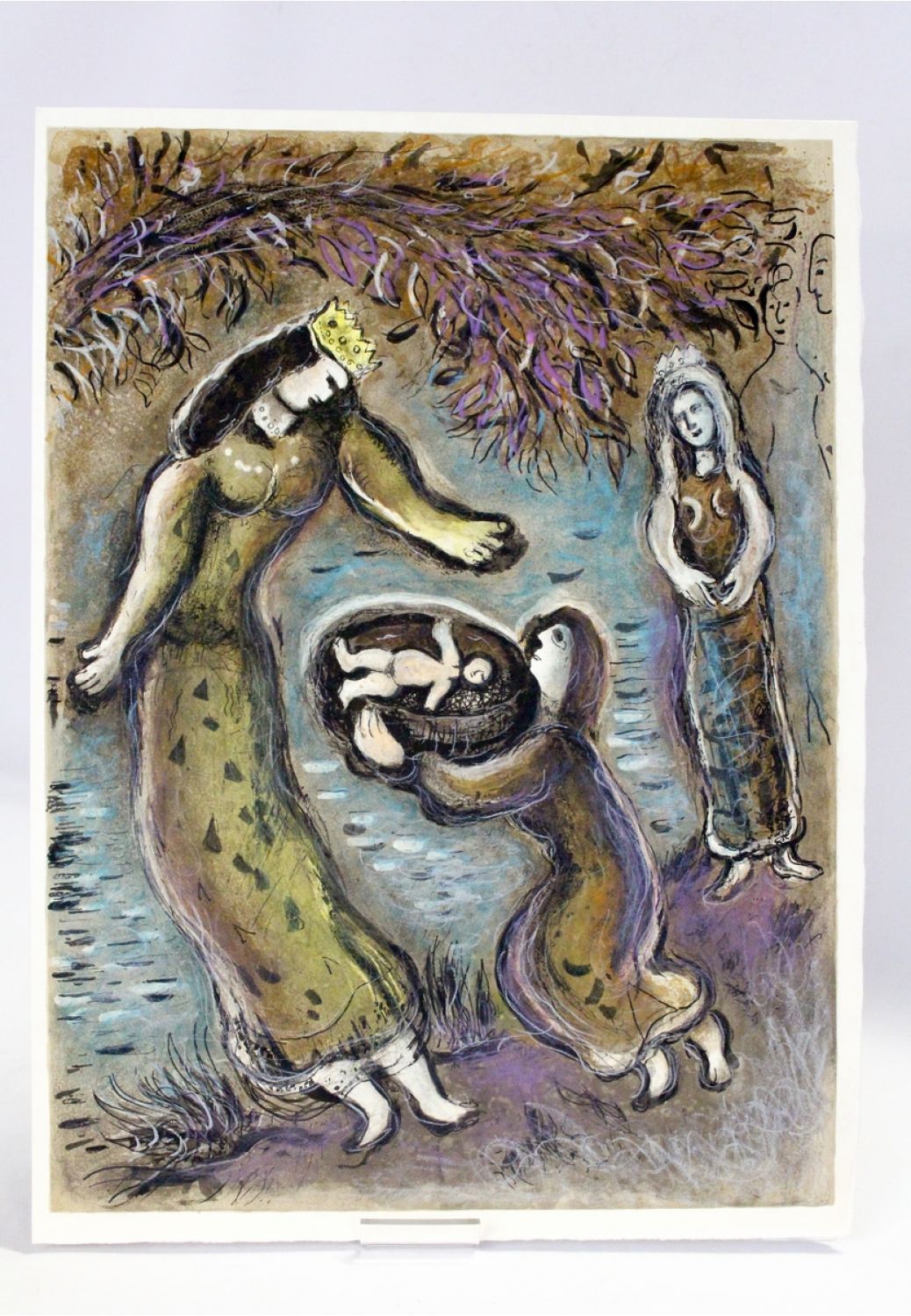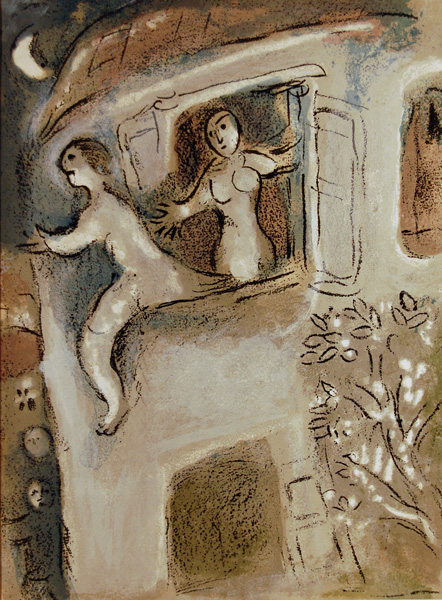Torah Study Date
Saturday, January 27, 2023
Verses Covered
Exodus (Sh’mot) 1:15-1:22
Next Session
Saturday, February 4, 2023
Starting at Exodus 2:1
Last week we discussed whether “Hebrew midwives” means “midwives who are Hebrews” or “midwives to the Hebrews” with some, in accord with Abravanel, thinking they are midwives to the Hebrews and, hence, to be credited for saving people not of their own group, and others, following some contemporary commentators, thinking it is the designation of the Israelites from a foreign perspective. We noted that Shiphra means “beautiful” and Puah means “little girl.”
We saw the king of Egypt telling them when they deliver the Hebrew women and look at the two stones/the birthing stool, to kill the first born if it is a boy and let it live it is a girl. Since R. Sara used to be a midwife, we were able to discuss the birthing passages in detail, for example, noting that the woman’s position in the birthing stool would have been a squat on two stones (one for each of the woman’s legs) but also noted that one commentator, Friedman, thinks the two stones are a boy’s testicles. We noted that the midwives feared God and kept the boys alive and that what is described is a conflict between gods, an Egyptian god (the king) and the Israelites’ god (YHVH) with the Israelites’ god winning out.
When the king asks them why they had kept the boys alive, the midwives say Hebrew women are not like Egyptian ones but are like vigorous animals and give birth before the midwives can come to them. We noted the continuing characterization of the Hebrews as insects or animals, a projection of the Egyptians’ fear onto the Israelites–fear of being taken over by a swarm. We noted that God is good to the midwives and gives them houses—and that the text does not actually say “God” but says “he” (which could mean Pharaoh, though we doubted it). We noted that, because the midwives feared God and received houses, the Israelites increase and become very powerful. It was striking to us that at that the king then speaks to all the Egyptians telling them to throw every son in the Nile and keep every daughter alive. Finally, we noted that the text does not say “every Hebrew son” (and so could include also Egyptian sons, though we tended to doubt it).
We return to Russian-French Jewish artist, Marc Chagall (1887-1985), for our artwork this week, Pharaoh’s Daughter and Moses (above) and Michal Saves David from Saul (below). “I did not see the Bible, I dreamed it,” Chagall said.


